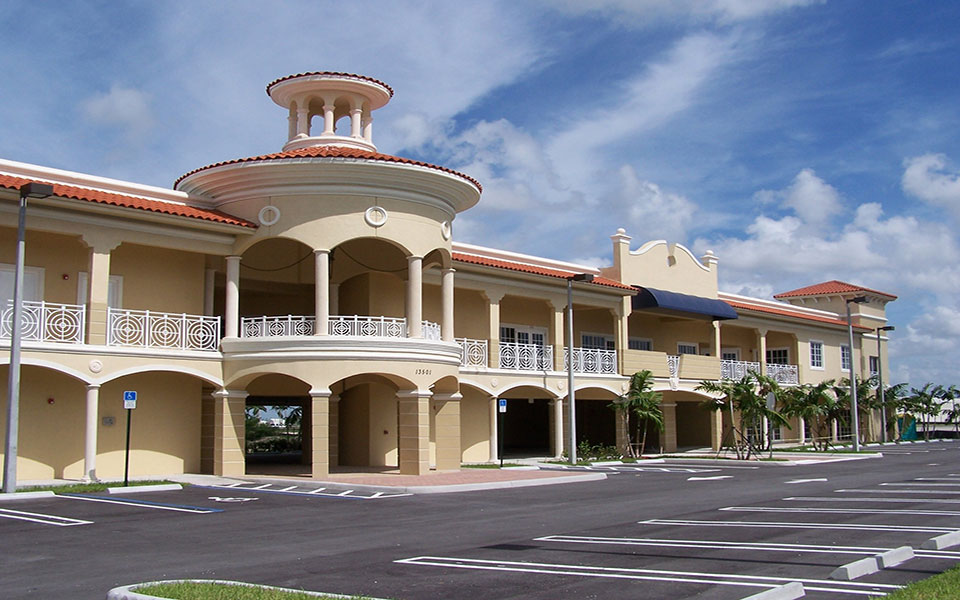Muay Thai, often referred to as the “Art of Eight Limbs,” is a martial art that has captured the hearts of enthusiasts worldwide. Behind its powerful strikes and intricate techniques lies a fascinating history that traces back to the heart of Thailand. In this exploration, we delve into the origins of Muay Thai, unveiling the cultural and historical roots that have shaped this dynamic and revered martial art.
Ancient Beginnings of Muay Thai
1. Siamese Military Roots
Muay Thai’s origins can be traced to the ancient Siamese military, where hand-to-hand combat skills were vital for warriors. Historical records suggest that early forms of Muay Thai were practiced by soldiers for both selfdefense and battlefield warfare.
2. Early Influences from Chinese Martial Arts
During the Ayutthaya Kingdom (1351–1767), the kingdom that preceded modern Thailand, there was significant cultural exchange between Thailand and China. Chinese martial arts, known as Kung Fu, influenced the development of Muay Thai, contributing to its diverse techniques and training methods.
Evolution in the Ayutthaya Kingdom
1. Integration into Siamese Culture
As the Ayutthaya Kingdom flourished, Muay Thai became an integral part of Siamese culture. The art form was not only a means of combat but also a form of entertainment, showcased in festivals and celebrations. Fighters adorned with intricate costumes engaged in public matches, laying the foundation for Muay Thai’s popularity.
2. Incorporation of Music and Ceremony
During this period, the ceremonial aspects of Muay Thai began to take shape. Traditional music and rituals, such as the Wai Kru dance, were incorporated into the training and matches. These elements added a spiritual and cultural dimension to Muay Thai, elevating it beyond a mere combat skill.
Muay Thai During the Rattanakosin Era
1. Golden Age of Muay Thai
The Rattanakosin Era (1782–1932) marked a significant period for Muay Thai. It transitioned from being primarily a military skill to a popular sport and form of entertainment. The Golden Age of Muay Thai saw the emergence of legendary fighters and the establishment of formal rules and competitions.
2. Development of Distinct Techniques
During this era, Muay Thai continued to evolve, with fighters developing distinct techniques and strategies. The use of elbows, knees, kicks, and clinch work became defining elements of the martial art. Fighters gained recognition not only for their prowess in combat but also for their technical mastery.
Muay Thai in the Modern Era
1. Formalization of Rules and Regulations
In the 20th century, Muay Thai underwent further formalization. Rules and regulations were established to ensure the safety of fighters and standardize the sport for both national and international competitions. This shift allowed Muay Thai to gain recognition on a global scale.
2. Global Spread and Popularity
With the advent of international competitions and the rise of mixed martial arts (MMA), Muay Thai gained widespread popularity beyond Thailand’s borders. The art form became a fundamental component of striking techniques in MMA, further solidifying its global influence.
Cultural Significance and Traditions
1. Wai Kru Ceremony
The Wai Kru ceremony, a traditional pre-fight ritual, remains an integral part of Muay Thai. Fighters pay respects to their teachers, parents, and ancestors, infusing the martial art with spiritual and cultural significance. The ceremony reflects the deep-rooted respect for tradition within Muay Thai.
2. Importance of Respect and Discipline
Muay Thai places a strong emphasis on respect, discipline, and humility. These values are instilled in practitioners from the beginning of their training and are reflected in the etiquette observed within the gym and during competitions.
Muay Thai’s Global Impact and Evolution
1. International Competitions and Champions
In recent decades, Muay Thai has witnessed a surge in international competitions, showcasing the prowess of fighters from around the world. Prominent events like the Lumpinee and Rajadamnern Stadium championships draw fighters from different continents, contributing to the globalization of Muay Thai. The emergence of nonThai champions has further solidified the art’s status on the global stage.
2. Influence on Mixed Martial Arts (MMA)
Muay Thai has played a pivotal role in shaping the stand-up aspect of mixed martial arts (MMA). Many MMA fighters incorporate Muay Thai techniques into their skill set, appreciating the effectiveness of strikes, clinch work, and elbow and knee strikes. The influence of Muay Thai is evident in the striking styles of renowned MMA athletes.
The Philosophy of Muay Thai: Beyond Combat
1. Philosophy of Simplicity and Efficiency
Muay Thai is not only a physical discipline but also a philosophy that emphasizes simplicity and efficiency. The techniques are streamlined and practical, reflecting a mindset of using the most direct and effective methods in combat. This philosophy extends beyond the ring, influencing the way practitioners approach challenges in life.
2. Mental Toughness and Discipline
Training in Muay Thai instills mental toughness and discipline in practitioners. Enduring rigorous training sessions, facing challenges in the ring, and maintaining focus during the Wai Kru ceremony contribute to a fighter’s mental resilience. These attributes are not only valuable in combat but also in navigating life’s obstacles.
The Future of Muay Thai: Preservation and Innovation
1. Preserving Tradition in the Modern Era
As Muay Thai continues to evolve, there is a delicate balance between preserving tradition and embracing innovation. While the core values and techniques remain intact, the sport adapts to modern training methods and international influences. This balance ensures that Muay Thai remains relevant and accessible to a global audience.
2. Women in Muay Thai
The inclusion and recognition of women in Muay Thai have grown significantly. Female fighters have gained prominence, showcasing their skill, strength, and dedication. This shift contributes to breaking gender stereotypes in combat sports and emphasizes that Muay Thai is a discipline open to practitioners of all genders.
Muay Thai as a Lifestyle: Gyms, Communities, and Events
1. Thriving Muay Thai Communities
Muay Thai has fostered vibrant communities globally, with dedicated gyms serving as hubs for practitioners. These gyms provide not only training but also a sense of community, support, and camaraderie. Events such as fight nights, seminars, and cultural exchanges further strengthen the bonds within the Muay Thai community.
2. Impact on Fitness and Wellness
Beyond its combat applications, Muay Thai has gained popularity as a fitness regimen. Many individuals, even those not aspiring to become professional fighters, engage in Muay Thai training for its physical conditioning benefits. The dynamic workouts contribute to improved cardiovascular health, strength, and overall well-being.
Conclusion: Muay Thai’s Endless Journey of Evolution
In conclusion, Muay Thai’s origins in ancient Thailand have paved the way for its remarkable journey through history and across borders. From its roots in Siamese military training to the modern arenas of international competitions and MMA, Muay Thai continues to evolve and leave an indelible mark on the world of martial arts.
The enduring legacy of Muay Thai lies not only in its combat effectiveness but also in the cultural richness, philosophy, and community it fosters. As practitioners across the globe engage in the dance of combat, they contribute to the ongoing narrative of Muay Thai—a narrative that transcends time and borders, uniting individuals in a shared pursuit of mastery, discipline, and the essence of the “Art of Eight Limbs.” In every clinch, every strike, and every Wai Kru ceremony, Muay Thai echoes the spirit of ancient warriors while embracing the ever-evolving dynamics of the modern world.

